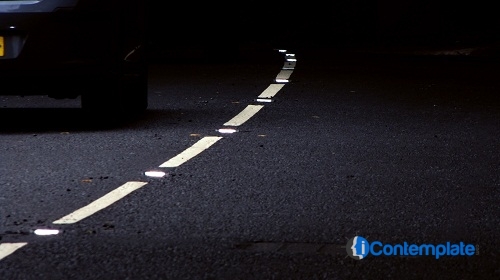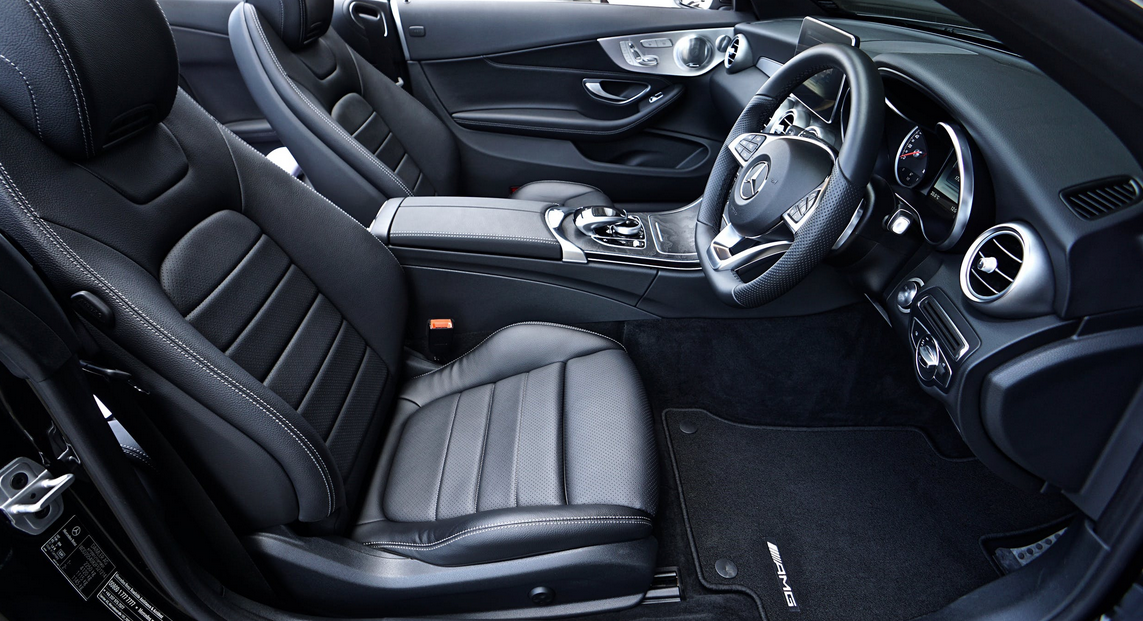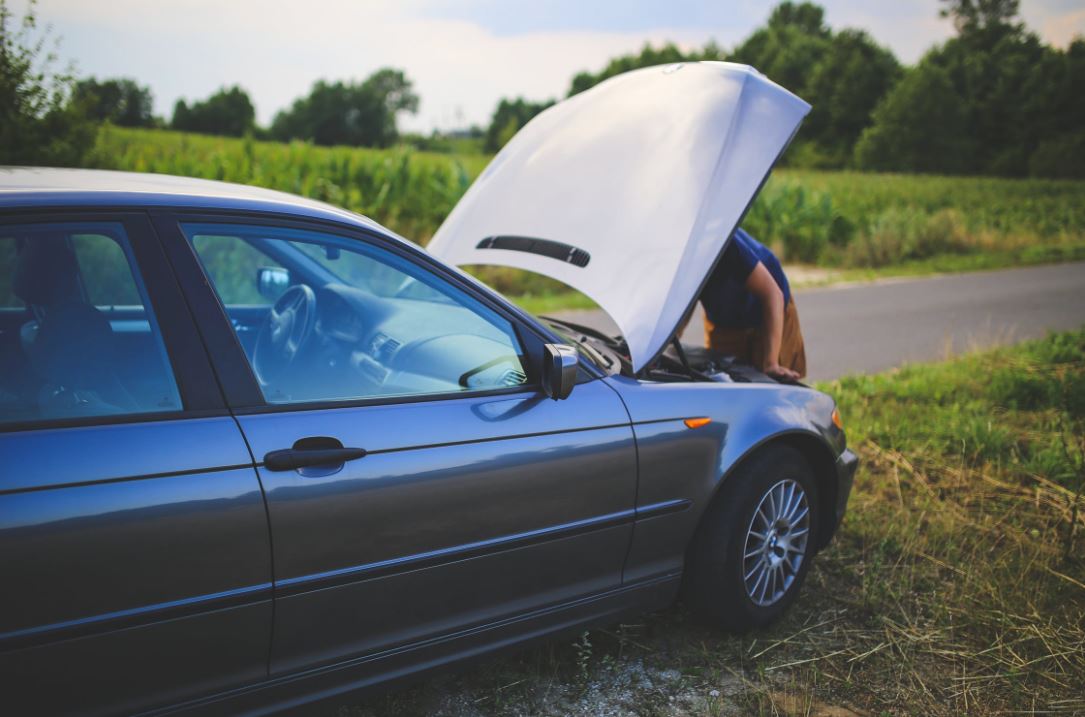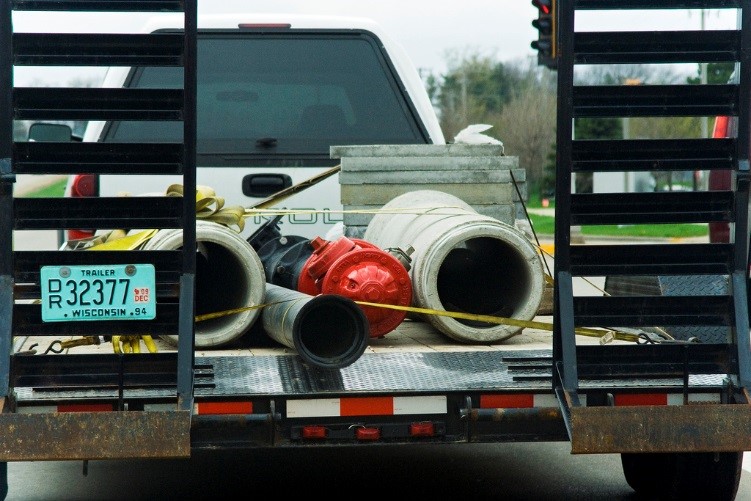It goes without saying that safety should be the top most priority whenever people drive on the road. This is also the reason why there are traffic rules and signs. To help implement these rules, there are various road safety signs and installations in place. Various manufacturers are tapped to provide on the most effective and durable materials for these safety mechanisms. For instance, there are road studs from Ennis Flint that are very useful at night.
What are Road Studs
These are also known as cat’s eyes and they serve as retroreflective markers that are placed on the road. They help in providing additional visual aid for drivers at night. Once a moving car’s headlights hit the road studs, the light would bounce off and supplement available light to improve visibility especially at night time.
Invention and Production
Percy Shaw had the idea of producing these retroreflective materials for road safety in the 1930s. He later patented the invention in 1934 and gradually started as the first ever company to manufacture such road safety material in the United Kingdom (UK). His invention was so successful that people across the continent realized the importance of such installations. It reached the United States in the 1960s.
Shaw’s work with the cat’s eye was later improved by an American chemical engineer and inventor, Sidney Heenan. In 1963, the American inventor developed a new form of the studs. The original cat’s eye was made of two pairs of reflective glass put in a white rubber dome which is later mounted in a cast-iron housing. This type is still seen today. In Heenan’s invention, however, he introduced a raised type of road reflector markers.
The new markers were made in a prismatic reflector which was built with a plastic body. Heenan’s innovation of the popular material made it easier and faster to mount these cat’s eyes. The popularity of these safety markers spread throughout the states.
The innovation and improvement of the studs didn’t end in the 60s. Until today, many inventors are studying ways to make these safety signs more effective, efficient, and sturdy. There are now a variety of types to choose from depending on what is required in specific roads. Safety standards and regulations are also used as basis for product development and innovation.
To illustrate, contractors can choose between depressible and non-depressible studs. The first one has a rubber insert which is put in a metal base and later embedded on the road surface. This type of studs is durable but a bit expensive. The latter, on the other hand, has either a solid plastic body or metal body which can either be put directly on a road surface or also put in a metal base. This is usually faster to install and a lot cheaper, but the passing cars can easily dislodge this type of studs on the road.
These road studs should not be taken for granted. The way they guide motorists in the dark streets help prevent road accidents.





